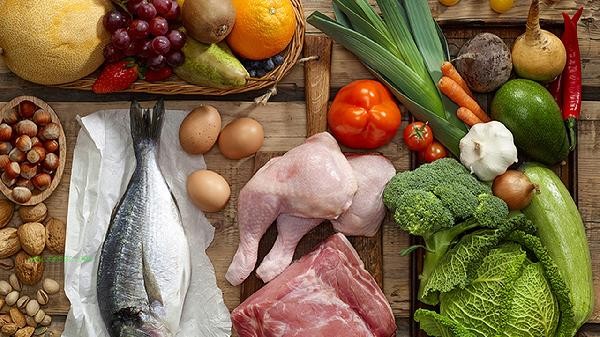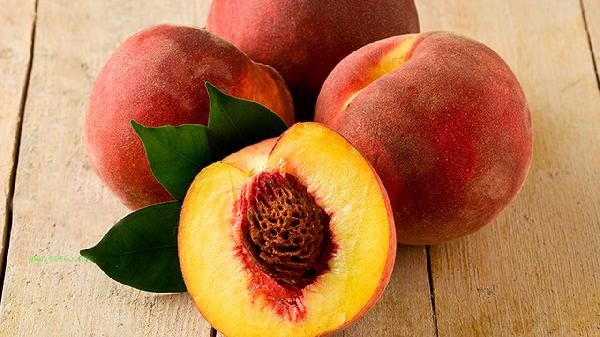The key to fruit preservation lies in controlling temperature, humidity, and ventilation conditions, mainly including refrigeration preservation, room temperature and light avoidance, classified storage, reducing damage, ethylene control, and other methods.

1. Refrigeration preservation
Some fruits such as strawberries, grapes, and cherries are suitable for refrigeration preservation, and temperature control at 2-4 degrees Celsius can delay spoilage. Tropical fruits such as bananas and mangoes are not suitable for refrigeration, as low temperatures can cause frostbite and blackening. Before refrigeration, there is no need to clean. Use breathable plastic bags or boxes to pack and prevent condensation from accumulating. The refrigerated area needs to be regularly cleaned to prevent cross contamination.
2. Avoid light at room temperature
Citrus, pineapple and other fruits are suitable for storage in a cool and ventilated place, with the best temperature maintained at 10-15 degrees Celsius. Keep away from direct sunlight and heat sources, and store in a mesh bag or cardboard box to ensure air circulation. Immature fruits can be stored at room temperature to promote ripening, and after ripening, they should be promptly transferred to a refrigerated environment. Regularly inspect and remove rotten fruits.
3. Classified storage
Fruits that release ethylene, such as apples and pears, should be stored separately to avoid accelerating the ripening of other fruits. Berries and melons should be separated to prevent crushing, and fruits with stems such as lychee should retain their stems to extend their shelf life. Fruits of different maturity levels should be placed in layers for easy batch sales. Using food grade plastic baskets or wooden boxes can reduce collisions.

4. Reduce damage
Handle with care during transportation to avoid skin damage and mold growth. Use soft cushioning material during sales to reduce the number of flips. Remove fruits with insect eyes and bruises and treat them separately. Cut fruits need to be sealed with plastic wrap and refrigerated, and sold out within 2 hours. Regularly trim the burrs on the edges of the fruit basket to prevent scratching.
5. Ethylene Control
The use of ethylene absorbents can extend the shelf life of fruits such as apples and kiwis. Banana hook suspension reduces the pressure surface and delays ethylene accumulation. The ripening warehouse needs to maintain ventilation and control the ethylene concentration below 100ppm. Avoid mixing ripe fruits with unripe fruits in the sales area. Monitor the carbon dioxide concentration in the warehouse to prevent excessive levels from causing fruit spoilage.

Fruit preservation should be selected according to the characteristics of the variety, and the inventory status should be checked daily to reduce losses based on the first in, first out principle. Keep the sales venue clean and control the humidity between 85% and 90%. Equipped with thermometers and hygrometers for real-time monitoring and timely handling of abnormal situations. Reasonably plan the purchase quantity and sales pace to avoid a large backlog. To address the differences in respiratory intensity among different fruits, professional preservation techniques such as modified atmosphere packaging or vacuum pre cooling can be used to extend the shelf life.








Comments (0)
Leave a Comment
No comments yet
Be the first to share your thoughts!